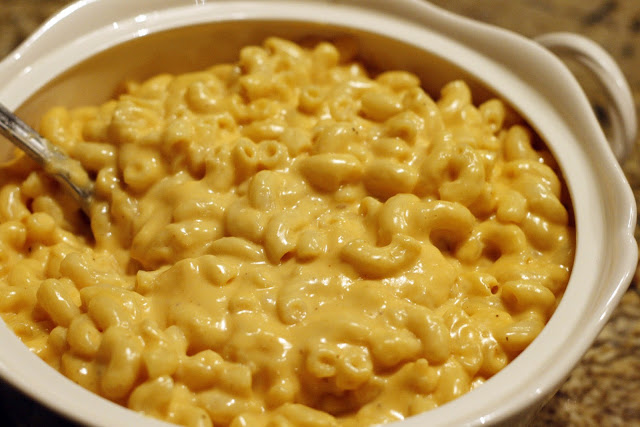Phthalates are a group of toxic additives in plastics.
They’re used to make plastics soft and flexible, and are commonly found in artificial fragrances, inks, coatings, adhesives, and other consumer and industrial products, the National Resources Defense Council (NRDC) explains.
These chemicals are approved by the U.S. Food and Drug Administration (FDA) for use in equipment and materials for food handling, processing, and packaging.
Because of this, phthalates often wind up in high-fat, highly-processed foods.
The Coalition for Safer Food Processing & Packaging – which includes the NRDC – recently sent a small sample of mac and cheese and other popular cheese-food items for laboratory testing, and received some unsettling results.
Phthalates were found in 10 varieties of macaroni and cheese, including 8 out of 9 Kraft products. [2]
It’s Time to Remove Phthalates from Food Products
The coalition believes the federal government should step in to regulate and ultimately ban phthalates, but since that is unlikely to happen anytime soon, the onus is on Kraft Heinz to remove phthalates from its food products.
Kraft not only has the largest market for powdered cheese in the industry, but the company has taken action in the past to remove unsafe ingredients from its products (largely due to increasing consumer pressure).
For example, in 2016, the company quietly removed artificial dyes from its Mac & Cheese recipe and replaced them with paprika, annatto, and turmeric.
In total, the coalition tested 30 samples – 10 cheese powder, 5 sliced cheese, and 15 natural cheese samples – and 29 of them were found to contain phthalates.
Some of the products tested were labeled organic. The highest levels of phthalates were found in the powdered macaroni and cheese samples.
Mike Belliveau, the executive director of the Environmental Health Strategy Center, said:
“The phthalates concentrations in powder from mac and cheese mixes were more than 4 times higher than in block cheese and other natural cheeses like shredded cheese, string cheese, and cottage cheese.” [3]
These chemicals are accidentally making their way into the food system, via processing and packaging. It’s not that Kraft workers are standing over giant vats of powdered cheese, dumping phthalates into them.
The key to keeping dangerous substances out of the bellies of hungry kiddos is to ensure safer food processing and packaging methods are in place. [2]
The European Union (EU) has already taken the crucial step of banning phthalates in food contact materials.
Coalition member Peter Lehner said in a statement:
“Parents and their children should not have to wait longer to know that their food does not contain toxic chemicals. We are asking manufacturers to act now.”
No word from Kraft Heinz just yet.
Tom Neltner, the chemicals policy director for the Environmental Defense Fund, said:
“A chemical is not allowed in food unless there is a reasonable certainty it will cause no harm. We don’t think the FDA can say there is a reasonable certainty of no harm.” [3]
Phthalate Dangers
Once you consume phthalates, they can travel through your bloodstream to your organs.
Prenatal phthalate exposure is especially concerning, since the chemicals can easily cross from the mother’s body into the placenta. Phthalates can also wind up in breast milk. [1]
Researchers have linked prenatal phthalate exposure to impaired neurological development in children, lower IQ, learning and memory impairment, and antisocial behavior.
Boys that are exposed to phthalates in-utero run the risk of genital defects.
In 2008, Congress prohibited the use of DEHP, a chemical known to negatively affect the development of the testicles and the production of normal sperm in young animals, in toys and childcare products.
It is considered a “gender-bending” chemical because it can cause males of all species to adopt more female traits.
In 2015, the Consumer Product Safety Commission (CPSC) proposed a ban on several additional phthalates used in toys and other children’s products, but the proposal has yet to be finalized.
A report released in late 2015 showed that more than 81% of 164 dollar-store products tested contained concerning levels of at least 1 toxic chemical.
Everything from toys to jewelry, to personal care products contained chemicals that were carcinogenic, or otherwise hazardous.
By Julie Fidler, Guest author / Sources:
[1] Natural Resources Defense Council
[2] New York Daily News
[3] Popsugar
Source Article from http://feedproxy.google.com/~r/HumansAreFree/~3/CzBdhuL3cc4/chemicals-banned-in-kids-toys-found-in.html
Related posts:
Views: 0
 RSS Feed
RSS Feed

















 July 18th, 2017
July 18th, 2017  Awake Goy
Awake Goy 
 Posted in
Posted in  Tags:
Tags: 
















